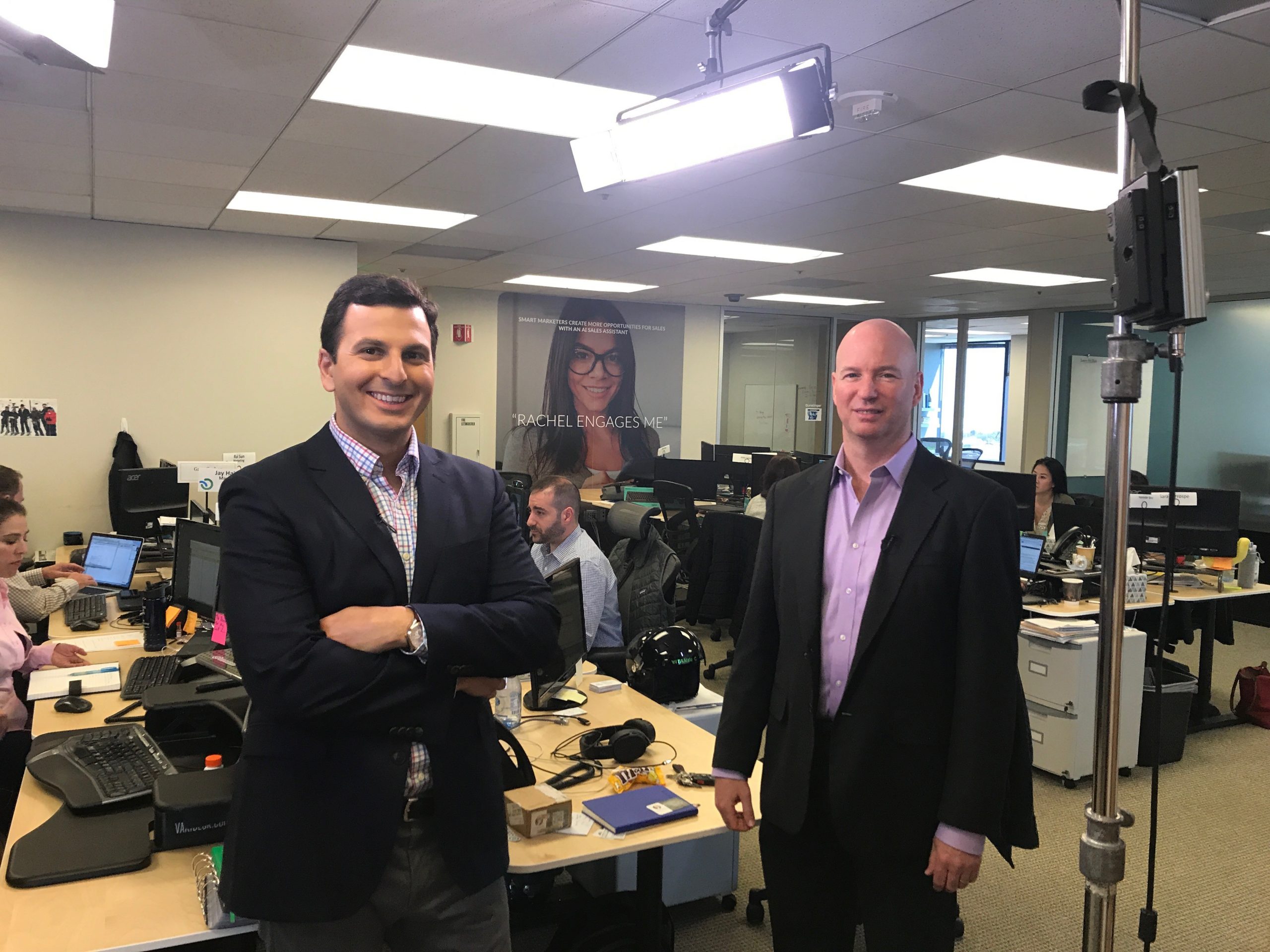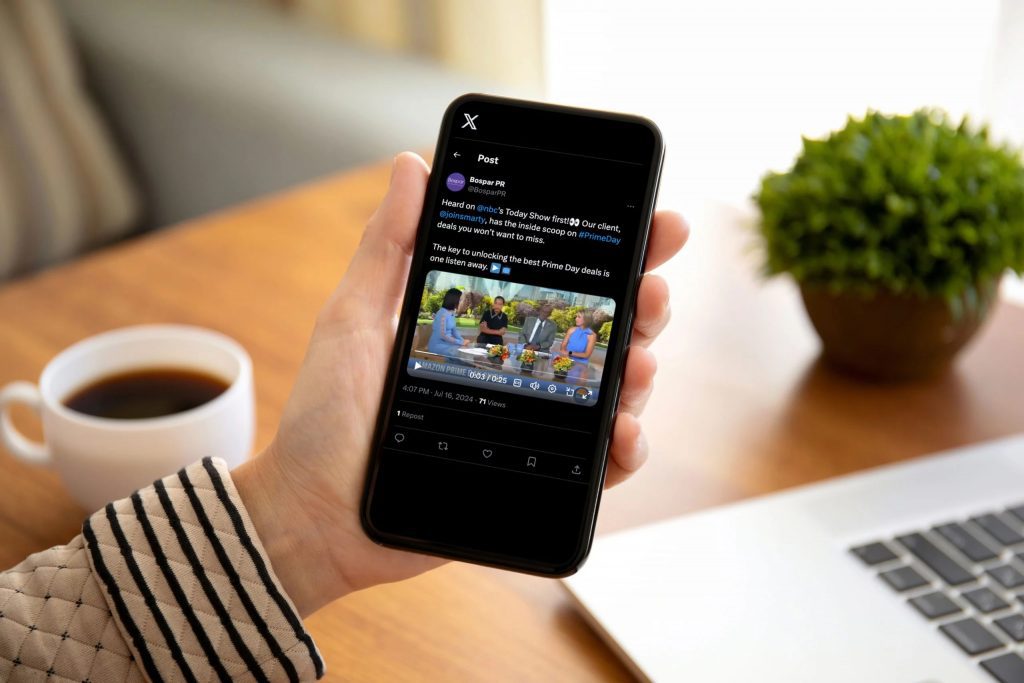 A major issue driving enterprises crazy is how long it can take to convert a sales lead into a customer — or get any type of response, for that matter. It typically doesn’t occur to sales and marketing teams to integrate public relations activities into the sales process. This is a missed opportunity because PR can be beneficial in accelerating response times and increasing the probabilities of closing sales.
A major issue driving enterprises crazy is how long it can take to convert a sales lead into a customer — or get any type of response, for that matter. It typically doesn’t occur to sales and marketing teams to integrate public relations activities into the sales process. This is a missed opportunity because PR can be beneficial in accelerating response times and increasing the probabilities of closing sales.
Here are a few tips that my PR agency employs to increase sales success for our clients — and ourselves.
Persistence is powerful.
One of the secrets is tracking the number of contacts (categorized by media type) it takes — specifically and on average — to close a deal. While this number varies by industry sector, product/service type, expected sales cycles, price, and location, the reality is that doggedness (done without crossing the line and becoming a pest) pays off. Hit-and-run sales practices, like expecting a response from just one email, do not work. Gentle and context- and knowledge-based interactions, along with traditional sales tools, do work.
One of our clients, a leader in artificial intelligence, discovered that it takes 8-11 contacts to convert a sales lead into a yes or no. Additionally, they found that potential customers need to do their due diligence. Regardless of sector, this typically entails a needs assessment based on life cycles and the utility of existing solutions, cost and budget considerations (including ROI and TCO calculations), training, maintenance, and terms and conditions.
In the tech industry, when an article or a competitor’s actions pique curiosity in something previously not on the radar, continuing positive reinforcement and education are key. This is why PR is an important complement and enhancement to sales and marketing efforts.
Being judicious in approaching target customers with which tools and at what frequency is why leveraging the abilities of skilled PR professionals is important. They can provide answers regarding who, what, when, where, why, and how to establish an interaction contact roadmap for success. Indeed, having PR contact the prospect with news, information and industry insights should be part of the overall strategy for creating a trusted relationship that leads to the lead becoming a customer.
The capabilities PR provides in the context of the sales cycle include:
- Serving as an information channel and a resource for contacting a prospect with useful information outside of sales.
- Acting when needed as the gateway/gatekeeper to people and collateral resources.
- Offering proven recommendations on what to say to a prospect. This includes how to structure something as simple and important as an email subject line that will not cause the email to be treated as spam or automatically deleted.
- Acting as a proactive information resource to elevate your organization’s stature in the industry. Tools include: pointing out industry awards and recognition from industry influencers, becoming a trusted source on key industry data points such as trends, market shares, white papers and podcasts, and following the latest industry buzz.
Proactivity is crucial.
Being proactive cannot be emphasized enough. For example, my agency rigorously seeks to secure coverage for itself. And when good things happen, we don’t just sit back and wait for our target customers to beat a path to our doors. We share the news.
- It starts with prospects at the top of our sales funnel and those with whom we are about to close a deal.
- We also make sure to take full advantage of social media. In fact, this is why it’s critical to keep your LinkedIn, Twitter, Facebook, Instagram and other social channels current. Hopefully this not only turns those interested into followers but also drives traffic to your website and makes you a go-to resource for industry buzz.
What we have found from years of practical experience is that enormous benefits accrue when PR is well integrated into a sales strategy and tactics. PR can facilitate an interactive environment that prospects tend to view as informative rather than intrusive; shrink sales cycles; and make getting to yes easier.
The reason that customer experience has become the top priority of C-levels globally, in an age when customers and prospects have instant access to a myriad of information and options, may be self-evident. What PR contributes to the sales cycle is an added dose of stickiness and trust. Sales still reels in the catch, but marketing and PR provide the irresistible bait.
This article first appeared on Forbes.



